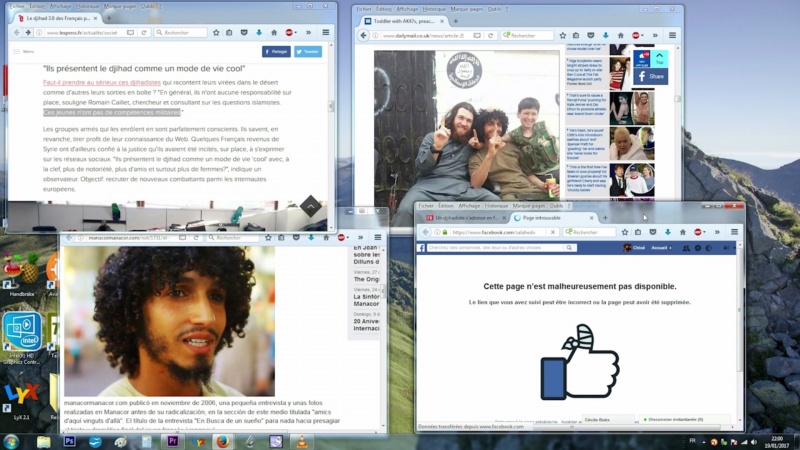Produced for Sight & Sound magazine’s international poll of the greatest films ever made, this video adapts Nicole Brenez’ argument for the poll to give greater consideration to political films, as well as to the politics of filmmaking.
Essay Film Festival 2017: Critique, Protest, Activism and the Video Essay, a lecture-performance by Kevin B. Lee
30 Mar 2017
Our present social and political environment begs a moment of urgent reckoning for the audiovisual essay, whether it is practiced by artists, scholars, or everyday video-makers: how can or should it address the current crises facing the world? Kevin B. Lee's work has pondered this question in the past through video essays on filmic forms of social protest and dissent, including with Nicole Brenez on The Hour of the Furnaces (2012), in The Essay Film: Some Thoughts of Discontent (2013) and Real Film Radicals (2013).
These earlier videos explored films and media artefacts made by other creators. But at what point do audiovisual studies of works of activism become activist works in their own right? Especially when one important dimension of the video essay is to uphold a critical distance from its subject? How do criticism and activism co-exist, and possibly inform and nurture the other? In this event, Lee explores these questions through screening and discussing his and other recent works that engage with a social and political consciousness.
With the support of the Department of Film, Theatre & Television, University of Reading, and the Goethe-Institut, London.
Programme
-
Sight & Sound Film Poll: Nicole Brenez on The Hour of the Furnaces, Kevin B. Lee, 2012, digital video, 8 minutes
-
Real Film Radicals, Kevin B. Lee, 2013, digital video, 6 minutes
A recontextualization of “radical” cinema, this video critiques how the use of the term “radical” has been applied to certain contemporary films. It then pays tribute to films, many of which have been neglected or marginalized from film history, that attest to a legacy of radical resistance filmmaking.
-
State of Emergence: The Wall, Anti Banality Union, 2016, digital video, 3 minutes
Who is the enemy, exactly? Dozens of clips from Hollywood zombie films are interwoven into a single sequence depicting how societal paranoia is propagated by mainstream entertainment. An excerpt from State of Emergence, a work-in-progress feature by Anti-Banality Union, a New York based media activist collective
-
Snake Oil for N-----town Fever, Steven Boone, 2016, digital video, 10 minutes
The 1960s Roger Corman B movie The Intruder is used as a blueprint for diagnosing the prevailing logic of 21st century Trumpism and the enduring racial dynamics of the United States.
-
Problems with the Gendered POV Shot in Lilya 4-Ever, Kiera Sandusky, 2017, digital video, 6 minutes
The 2004 Swedish film Lilya 4-Ever depicted the problem of sex trafficking so powerfully that it was used by governments, NGOs and educators as an awareness raising tool. This video examines the aesthetic choices that make the film so powerful, as well as the problematic outcomes when it was used for social education purposes.
-
My Crush Was a Superstar, Chloé Galibert-Laîné, 2017, digital video, 10 minutes
This desktop documentary follows a single image of an ISIS fighter through a trail of messages, videos and postings to uncover his existence in both social media and reality. An excerpt from an ongoing research project by Galibert-Laîné and Kevin B. Lee investigating videos produced and circulated by the Islamic State.
We are offering a special multibuy offer for Essay Film Festival 2017:
- if you purchase tickets for 3-4 screenings pay £9 (full price) / £7 (concessions) / £6 (ICA Members) per ticket
- If you purchase tickets for 5-6 screenings pay £8 (full price) / £6 (concessions) / £5 (ICA Members) per ticket



